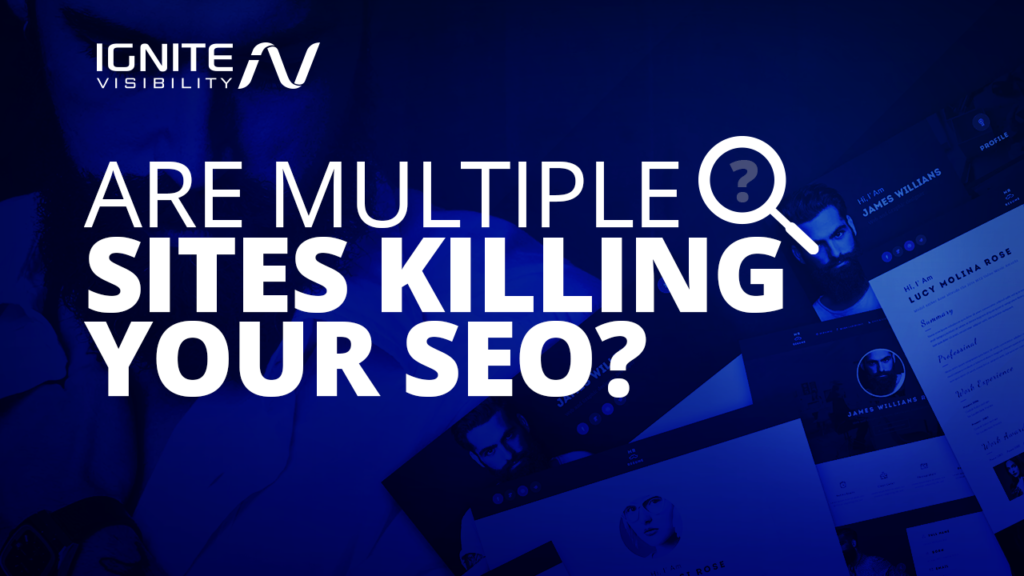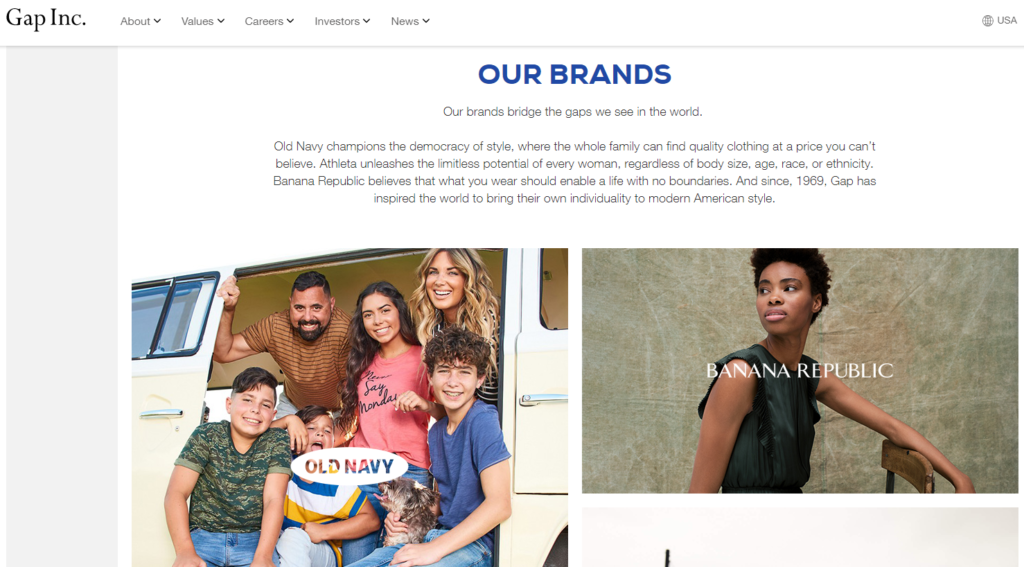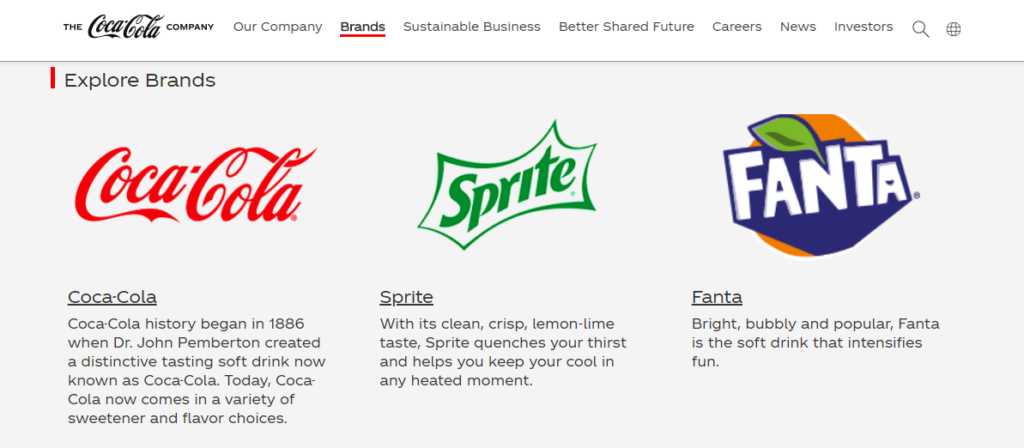Imagine you own a business that offers two different services—one is an educational training and the other is managerial training.
Would it be in the best interest of your brand to build one primary platform or to create a separate domain for each niche of your company?
We’ll examine some of the advantages and disadvantages of running multiple websites so you can determine whether or not it’s the right move for your business.
Single Website SEO vs. Multiple Websites SEO
No two companies are equal.
From the nature of your business to general team and budget concerns, there are a wide range of factors that can influence the decision to run a single or multiple websites.
Taking a closer look at the advantages and disadvantages for each should help you decide where to focus your link equity efforts.
Pros of Creating Multiple Websites for SEO
Running multiple websites can have a ton of potential for businesses with large-scale operations. It’s especially ideal for companies that have already cultivated a solid reputation and are backed by larger budgets and staff. Here are a few reasons why you should consider the multi-domain approach.
Dominate Search Results
This technique is most popular with larger companies and is often referred to as a multiple domain strategy. In the summer of 2019, Google announced an update that would target site diversity in search.
According to Google, “This site diversity change means that you usually won’t see more than two listings from the same site in our top results. However, we may still show more than two in cases where our systems determine it’s especially relevant to do so for a particular search.”
Target Different Countries
For businesses that sell products in more than one country, it’s a good idea to consider multiple domains as you can address your international visitors more personally.
For one, there would be less confusion surrounding which pages cater to which specific locale.
For example, your entire Toronto site would be optimized for Toronto, while the entire Paris site would be optimized for Paris.

Image Courtesy: Search Engine Journal
Cover Similar Topics from Multiple Angles
There’s never a one-size-fits-all solution to marketing. Every customer has their own specific wants, needs, and expectations.
But, running multiple websites gives you the opportunity to diversify your messaging and create a unique experience for each user.
Plus, it’s easier to tailor your content to certain groups when you have more than one site.
Prevents Single Point of Failure Situation
A multi-site model can protect you if something unexpected happens with one of your other websites.
If a site is down due to a security or technical reason, you have another working site that can still generate some business for you in the meantime.
You also don’t have to worry about updating content or changing links when adding or eliminating product lines or services.
Selling or Altering Business Model in the Future
It’s not uncommon for larger corporations to sell off parts of their companies during a period of growth.
That’s why having a separate web presence can save you a lot of time and money that would otherwise be spent on making changes to a single site.
Exact Match Domain
As an SEO strategy, numerous businesses have tried to capitalize on the rankings boost given by exact match domains.
Some do so to prevent competitors from owning those domains, while others dedicate their exact match domains to target different areas or countries.
Cons of Creating Multiple Websites for SEO
This is the method most businesses prefer, at least when they’re first starting out. Listed below are some of the disadvantages of deploying a multiple website model.
Inconsistent User Experience
The single website model is typically the route that most online businesses take.
In part, this is because it’s easier to create a smoother, more seamless user experience with one domain.
If you have more than one website, visitors would have to navigate off-site to get more information about your company.
Duplicate Content
Having multiple websites for the same business can inevitably result in having multiple pieces of content serve a similar purpose on each site.
On the surface, it may seem like a time-saver to copy/paste from one site to the other(s), but Google can choose to penalize duplicate content.
Instead of building up your online presence, your sites will have less organic traffic and fewer indexed pages, which means they will struggle to rank.

Image Courtesy: Seobility
Search Engine Ranking Issues
When it comes to SEO, multiple websites will compete with one another to rank in search engine results pages.
Unless your sites have differing services or product lines, chances are you’ll be using very similar keywords across both websites.
Additional issues may arise on Google+ Local if you have the same contact information listed in several places, harming your ability to rank.
Harder to Cross Sell
A business that delivers a series of related solutions to their customers will find it easier to cross sell when everything can be easily found on one site.
New customers will be able to find what they’re looking for without difficulty, and returning customers are more likely to make a purchase because they already have a history of engaging with your business.
Greater Time Commitment
Unless you are a larger company with multiple sub brands and marketing departments, it can be incredibly time-consuming to build more than one branded website.
Multiple websites means developing multiple buyer personas, maintaining multiple streams of content, and creating multiple editorial calendars.
Not to mention, ensuring that each site has a responsive web design presents its own unique set of challenges.
Tracking Problems
Whenever you have multiple domains for the same business, you will have to track and manage multiple analytics properties.
You also run the risk of losing some valuable insights when a user is navigating back and forth between your websites. The source will be presented as a referral and not the source that originally led the user to your business.
Best Practices for Running Multiple Websites
At this point, you should have a general idea of which direction you want to go in. If you’ve opted for having more than one site, here are a few best practices to keep you on the right track.
Choose Wisely
Before making a decision, consult with professionals and familiarize yourself with as many case studies as possible.
Do any of them match your specific set of circumstances? If so, explore it further.
Running multiple websites can be costly and time-consuming, so it’s best not to go down that road if there’s no foreseeable advantage.
Differentiate Your Content
If your brand sells more than one product or service that serves a similar, yet fundamentally distinct business function, running multiple websites makes perfect sense.
By splitting up your offerings into several sites, you can focus on different domain names and keywords to keep your business from having an identity crisis.
Having multiple sites also makes it so that the user won’t necessarily be inundated with too many options while navigating a single site.
Link Your Websites to Each Other
Running multiple websites won’t do much good if its purpose is not clear to site visitors.
To make the process of combing through your company’s different websites a little more engaging, consider linking your websites to one another.
Sharing link authority not only benefits your customers, but allows search engine bots to crawl through the various domains in your portfolio.

Image Courtesy: Search Engine Land
Use Subfolders
Subfolders are an immensely valuable tool in web design. It basically helps you organize the content on your website into different categories or subcategories.
They can also communicate to Google how your content is organized on the site and show users how your site flows.
Companies that Use Multi-Site Model
In some cases, companies would rather build out different websites under the parent company than have everything housed on the same website. Here are a few examples of organizations that have successfully leveraged the multi-site model and put the above mentioned best practices into action.
Gap Inc.
As one of the most recognizable multi-brand companies on the planet, Gap Inc. has managed to retain its own brand image while simultaneously solidifying the brand reputations of both Old Navy and Banana Republic.
Microsoft
Microsoft has undergone several transformations since its founding in 1975. The brand uses multiple websites to showcase their various software packages, as well as offering a rich online resource for optimal support and troubleshooting.
Coca-Cola
Although the Coca-Cola company specializes in the beverage industry, they adopt a multiple website approach to differentiate their products. From Sprite and Fanta to Dasani and Smartwater, each brand has its own separate marketing strategy.
Wrapping Up: Multiple Websites & SEO
While there’s no obvious answer here, it’s important to take time to weigh the pros and cons of running multiple websites.
You want to base your decision on the business model you’re looking to build.
Hopefully this post has given you, if not a definitive answer, the tools needed to find the best solution for your organization.


